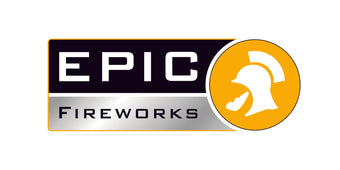
Persian Fire Festival
The Persian Fire Festival or “Chahar Shanbeh Suri” as it is known locally is an annual and ancient holiday which takes place on the last Tuesday of the solar year.
The festival marks the start of the New Year in ancient Persia (known as Norruz) starts on 21st March which is also the first day of the astrological year and the first day of Spring.
Local revellers see in the New Year by jumping over bonfires. This practice is thought to be a sign of purification and fertility as outlined in the teachings of their faith.
The ancient Iranian religion Zoroastrianism, from at least 2nd Century BC (some records indicate that this should be 7th century BC but cannot be supported) pre-dates that of Islam and the main ethos of the faith is that mankind’s good deeds ensure that chaos or evil is kept at bay and water or more importantly fire (which were the second and last elements created) form a hugely important part of the religious ceremonies as they are both considered to be life sustainers.
They also light any number of lanterns which are of course sent high into the night skies.
It is referenced as a ‘pagan’ festival purely because of the fire and water references but they keep the bonfires alight from late evening and are kept going through the night to ‘keep the sun alive’ until the following break of dawn not unsimilar to those of most of the other non-deity worshippers.
